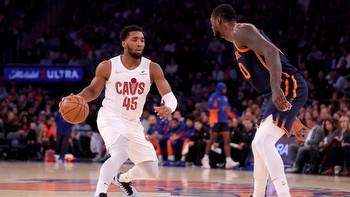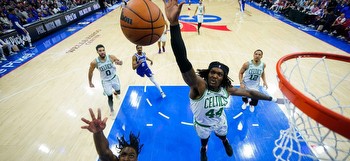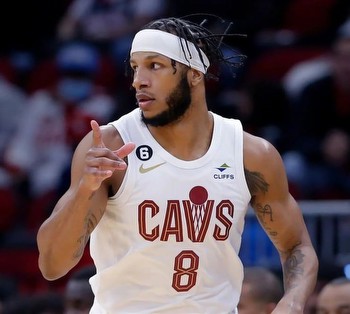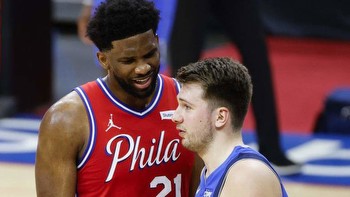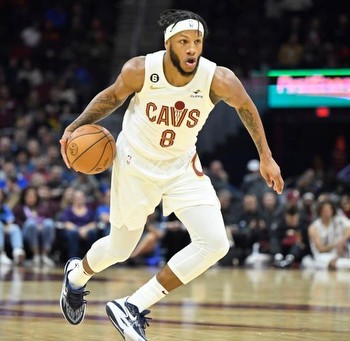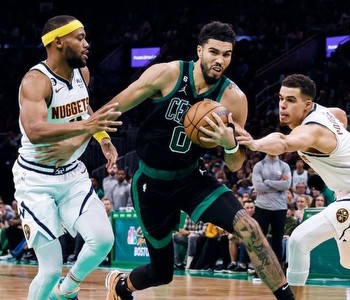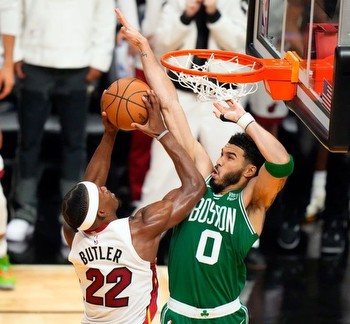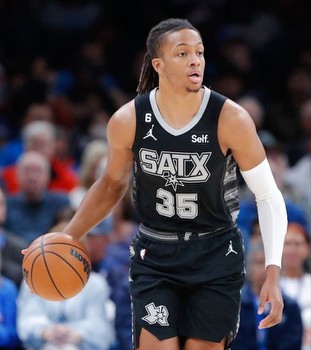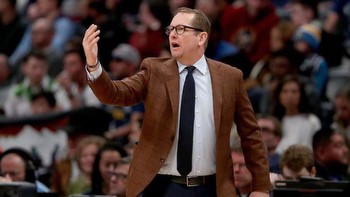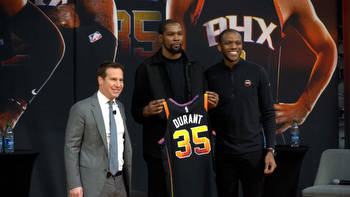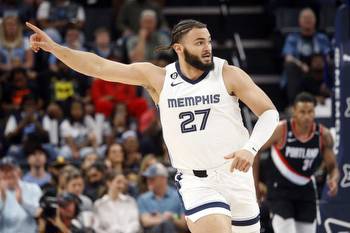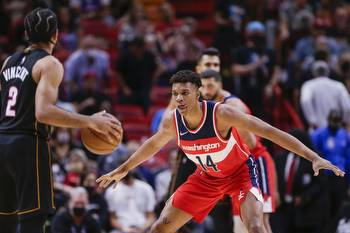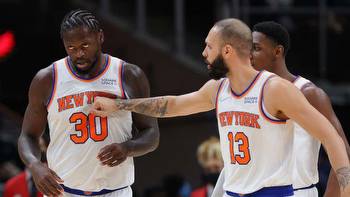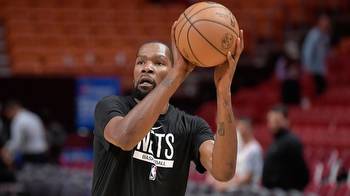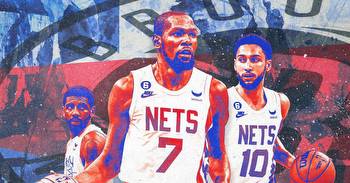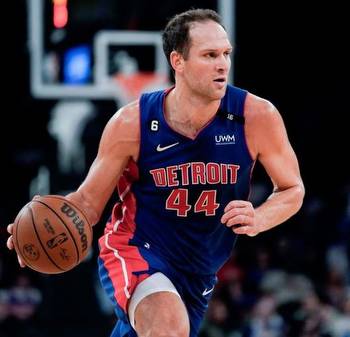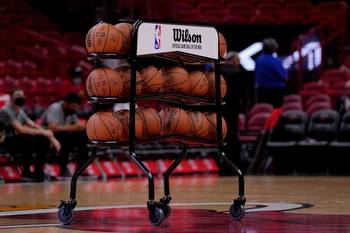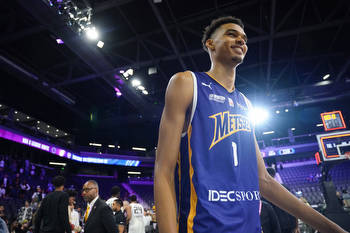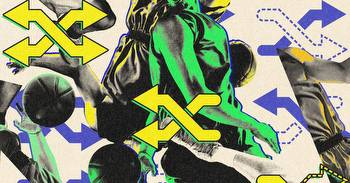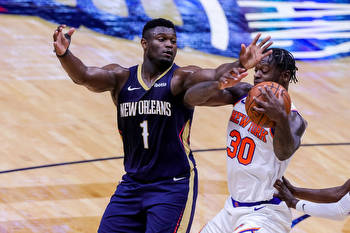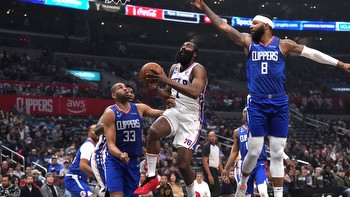What does Grant Williams trade mean for the Celtics?
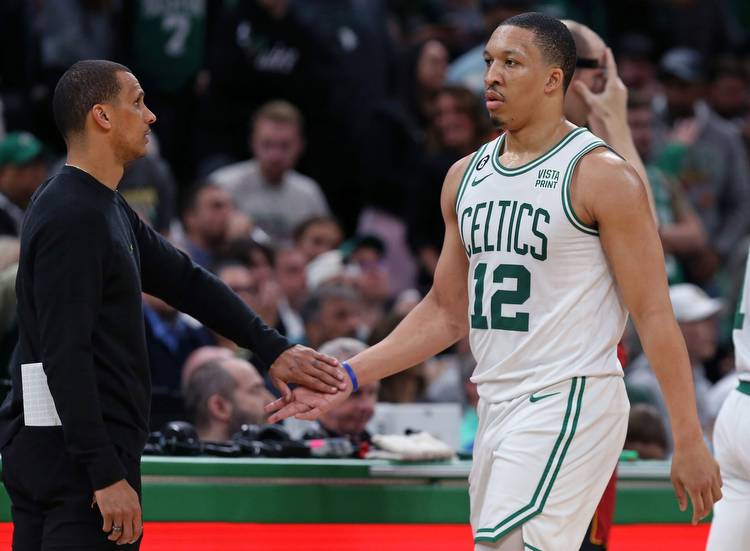
On Wednesday, the Celtics reportedly agreed to a three-team sign-and-trade that will send Grant Williams to the Mavericks.
Williams and the Mavs agreed to a four-year, $54 million contract which, per the Boston Globe’s Adam Himmelsbach, is the exact number Williams wanted from the Celtics in the first place.
As part of the deal (and in exchange for not matching the Mavericks’ offer on the restricted free agent Williams), the Celtics got second-round picks in 2024 and 2028 as well as a second-round pick swap in 2025. The Spurs – who also took on the remaining year of Reggie Bullock’s contract – managed to coax a first-round pick swap in 2030 with the Mavericks. That could be painful for Dallas at a time when Victor Wembanyama is 26 years old.
Let’s take a closer look at:
- What the Celtics got
- What the Mavericks got
- What Grant Williams got
- What to expect next
Brad Stevens continued to vacuum up second-round assets, and the Celtics now have the following draft picture:
- 2024 first (own)
- 2024 first (Warriors, top-4 protected)
- 2024 second (Spurs, top-55 protected, unlikely to convey)
- 2024 second (Dallas)
- 2025 first (own)
- 2025 second (own)
- 2025 second (most favorable from Pistons, Warriors and Wizards)
- 2025 second (most favorable with Dallas)
- 2026 first (own)
- 2026 second (most favorable: Timberwolves, Pelicans, Knicks, Trail Blazers)
- 2027 first (own)
- 2027 second (Hawks)
- 2028 first (least favorable, Spurs – Top-1 protected)
- 2028 second (Mavericks)
- 2029 first (own)
- 2029 second (own)
- 2030 first (own)
- 2030 second (own)
The new selections all come from the Mavericks in 2024 and 2028, as well as a swap in 2025. Second-round picks on their own aren’t likely to land franchise-changing talent, but they are nice pot sweeteners in any trade, and they can be packaged to move up or down as necessary. The pick in 2028 is notable in part because the Celtics were without a second-rounder that year. Now they have at least one selection every year in both rounds until 2030.
Meanwhile, the Celtics have seven picks likely to convey in the first and second rounds over the next two years. That ensures they can keep bringing in prospects on affordable rookie deals while using picks in trades. If the Celtics like a player in the late lottery in 2024, they might be able to combine their two first-rounders to get there and still have second-round flexibility. If a star becomes available, the Celtics could trade a package featuring three first-round picks between 2024-26 and not be in violation of the Stepien Rule, all while maintaining a healthy presence in the second round. The new CBA increases the value of a second-round bargain contract, and Stevens just acquired three new bites at the apple.
The Celtics didn’t get a player in exchange for Williams, which is an issue, but they did continue to build a versatile pathway forward at a time when being nimble might be crucial.
Williams had a tough year in 2022-23. His minutes peaked in November at 29.4 in 16 games, but they fell to 17.4 as the season wound down, and he averaged 17.7 in the postseason. While he shot 45 percent from behind the arc in the playoffs, he received five DNPs and was largely out of the regular rotation. He struggled to keep his temper with officials early in the year, including an ugly moment in October. He told Donovan Mitchell he was about to “make both,” which went viral.
Still, Williams had some real hot stretches and has often shown additional offensive promise in the right situation. He gave the Celtics the option of defending Giannis Antetokounmpo 1-on-1 and had an impressive showing against Kevin Durant in 2021. His 3-point shooting improved significantly, which presented opportunities to drive closeouts (with varying success). He has played in a lot of high-profile playoff games for a player his age – including an NBA Finals – and had some truly notable positive moments. He was popular with his teammates (although not Deuce Tatum). Reporters and members of the Celtics organization liked working with him.
At his best, Williams showed the potential to be a solid starter on both ends of the floor, and he turns 25 in November. Betting four years and $54 million on a player with that immediate upside and a high work ethic makes sense for the Mavericks. It made less sense for the Celtics, who just extended Kristaps Porzingis and still have a max contract for Jaylen Brown to ink at some point this summer.
Give Williams credit: His bet on himself seems to have paid off entirely, despite some speed bumps along the way. The Celtics reportedly offered him “far” less than the contract he ultimately got with the Mavericks, which exceeded the non-taxpayer mid-level exception that many believed he would ultimately sign. Four-year security on a healthy new contract with a team where a starting spot appears to be his for the taking is a great situation.
The Celtics have traded both Marcus Smart and Williams, two players they drafted and developed, and two players who played significant roles. Smart, clearly, is the bigger story of the two, but the Celtics’ defensive identity will be less versatile and bruising next year, and the new CBA appears to have claimed its first real casualty.
But as teams scramble to figure out how to work under a new, highly restrictive second tax apron for the NBA’s highest spenders, the Celtics have both star talent and future flexibility. In a chaotic CBA landscape, that unique flexibility could put Stevens in an enviable position.

